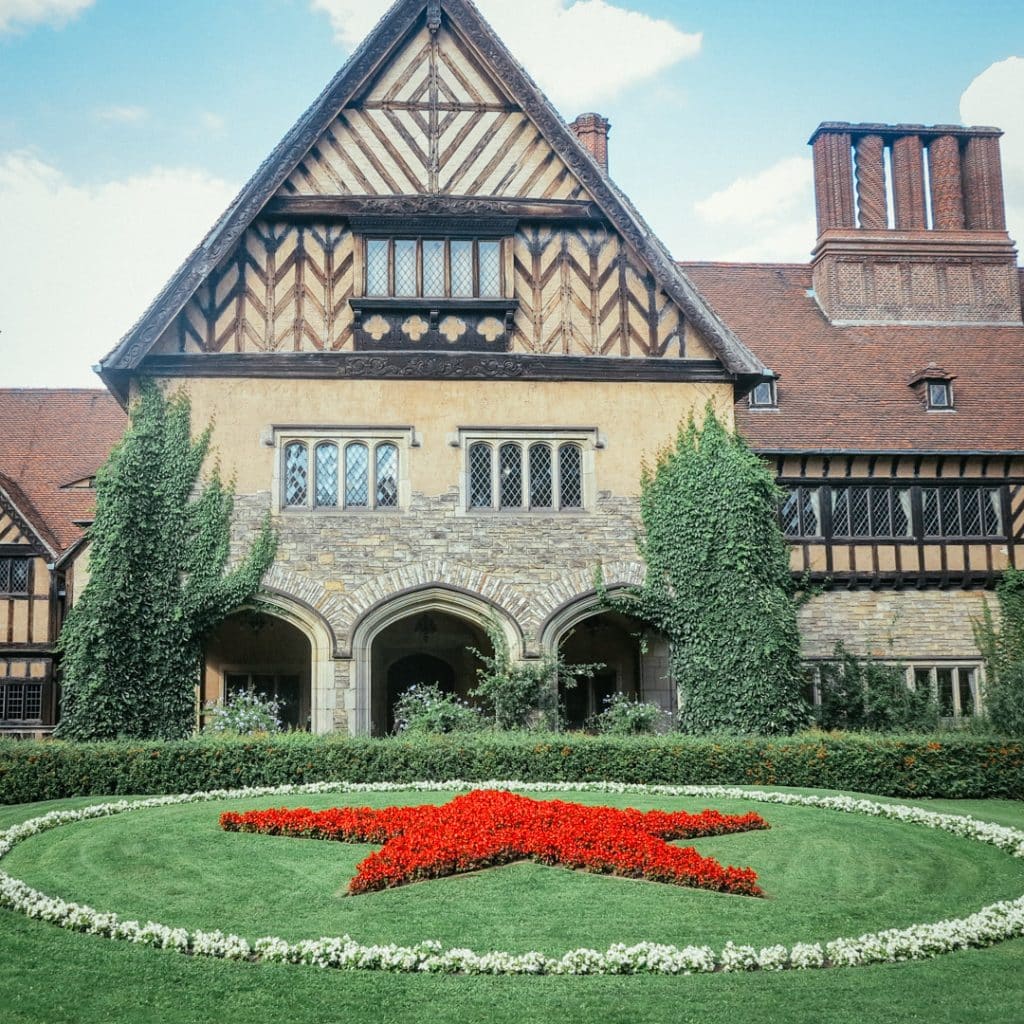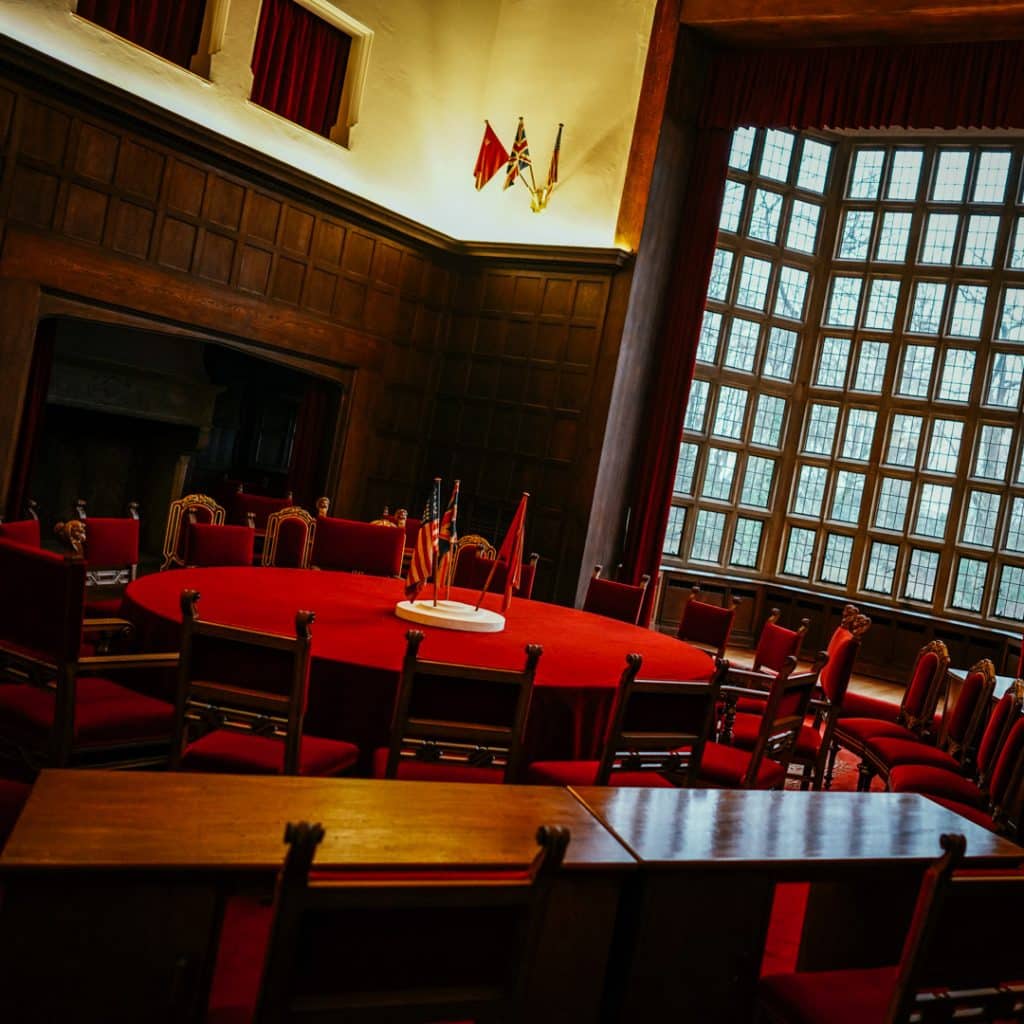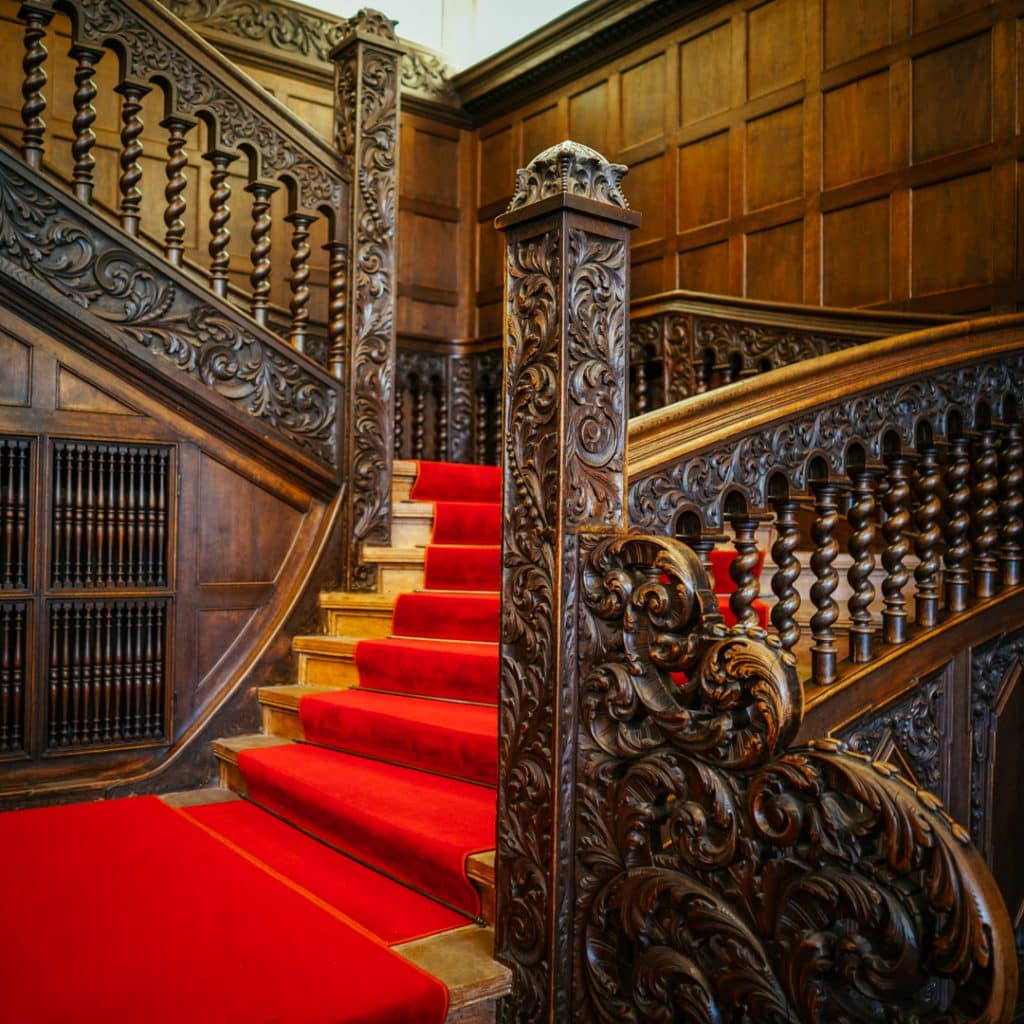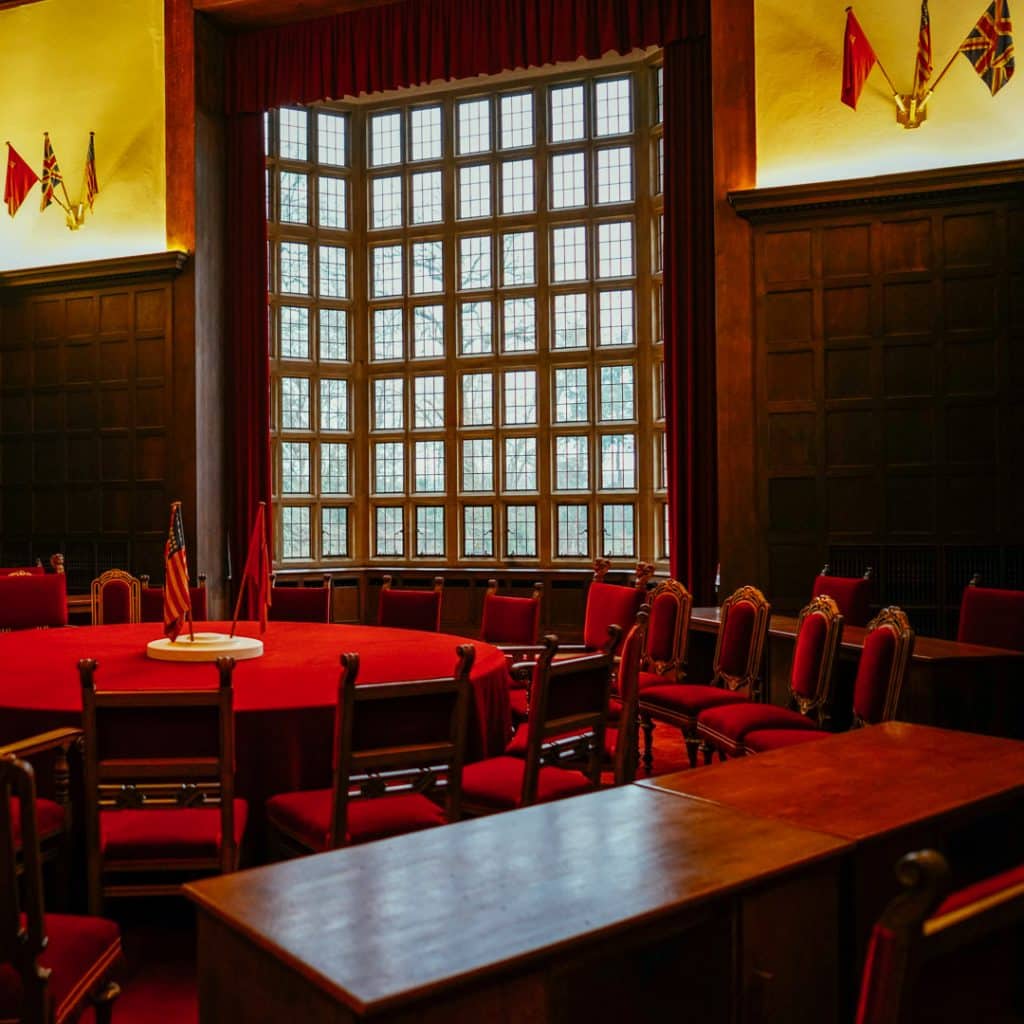


Although British Prime Minister, Winston Churchill, would initially attend the Potsdam Conference alongside Soviet leader, Stalin, and US President, Truman, he would not sign the final protocol. Churchill was replaced by Clement Attlee on July 26th following a general election in the UK.


Some useful links related to the Brandenburg Gate: